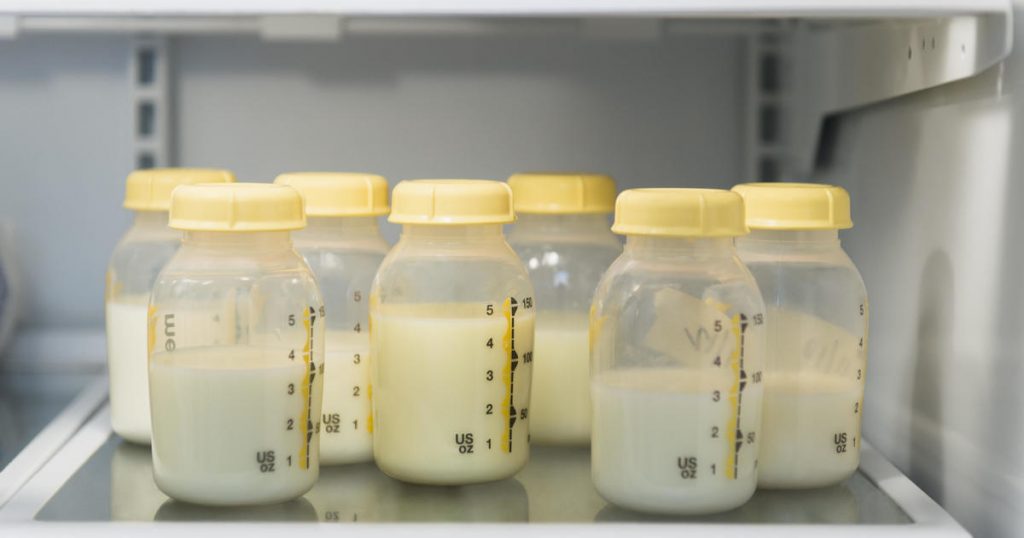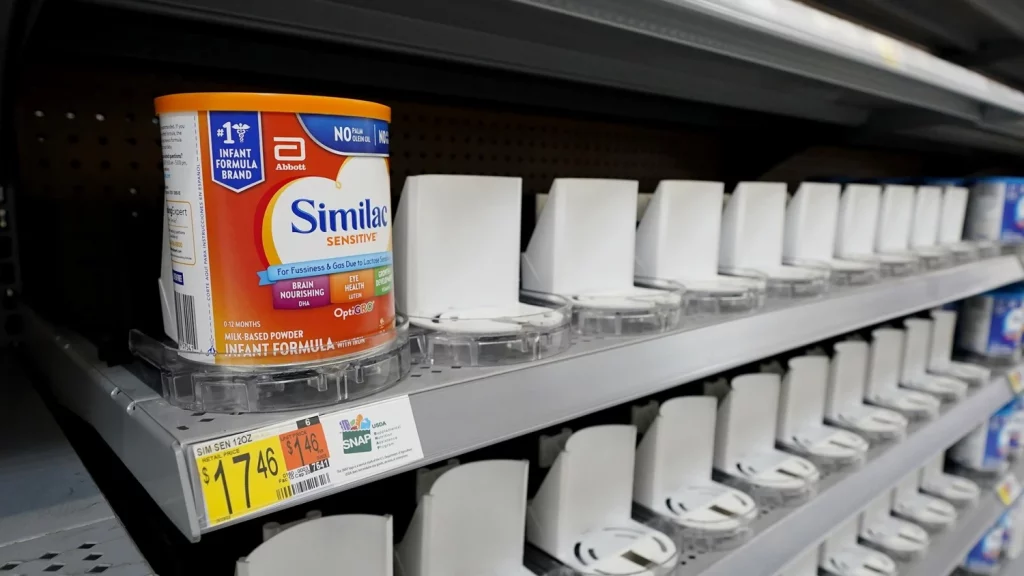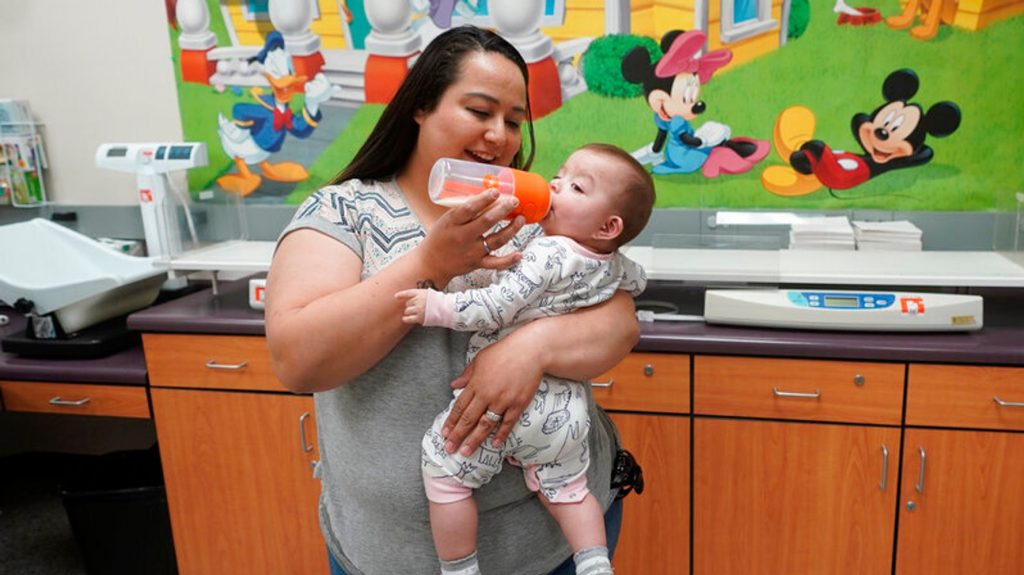Milk banks across the country are collecting donated breast milk from lactating women and distributing it to babies struggling amid a national shortage of baby formula that experts are calling a “crisis.” If you’ve never heard of a mothers’ milk bank, you’re not alone
“It’s my impression that it’s very difficult to explain who we are and what we do,” said Dr. Susan B. Campbell, executive director of the Mothers’ Milk Bank of Tennessee
What is a breast milk bank
The Human Milk Bank Association of North America (HMBANA) counts 31 local milk banks across the U.S. as members which receive donations of surplus breast milk from healthy, lactating women
“Donations come from women with excess supply beyond what their child needs and they generously donate their milk to us,” said Linda Harelick, executive director of the New York Milk Bank
They operate as nonprofits and typically reserve their supply for babies who are born prematurely or whose medical needs require them to rely exclusively on human milk, and whose biological mothers cannot provide it to them

Donors are screened and blood tested before they can donate milk, which is is pasteurized and tested for communicable diseases before being entered into a milk bank’s frozen inventory and eventually distributed
Harelick, of the New York milk bank, said that she has seen a “big increase” in demand from parents as well as in donations of excess breast milk over the past six weeks, as the nationwide baby formula shortage has become more dire
“They saw that this is an escalating issue and they want to help,” she told CBS MoneyWatch
On a typical Thursday, about one or two families will call in seeking donated breast milk. This Thursday, the milk bank fielded more than a dozen calls
On the supply side, in a typical day, the milk bank signs on about six new donors. Now, it’s up to 26 potential candidates
“Women are incredibly generous,” she said
Supply and demand
Babies with special needs, because they were born either prematurely or underweight, are always prioritized
“The end users for most of the milk are babies who need it more for the medicine than for nutrition. A lot of the milk is distributed to hospitals with NICUs and tiny little babies who can’t tolerate artificial feedings from formulas,” said Kim Updegrove, executive director of the Mothers’ Milk Bank at Austin, Texas

But when they have excess supply, or during natural disasters like hurricanes, milk banks also respond to the needs of parents of otherwise healthy babies
“Forever we have responded in moments of crisis and provided donor milk to healthier babies in times of hurricanes and earthquakes and when COVID caused the separation of mothers and their babies,” Updegrove said
Of course, a milk bank’s ability to dispense milk to babies beyond the neonatal intensive care unit (NICU) depends on its incoming supply
In Austin, the current formula shortage coincides with the end of a year in which demand for human milk rose and incoming supply decreased, according to Updegrove. She said the milk bank is doing its best to respond to calls from families with healthy infants, who in the past have relied on formula that is suddenly hard to come by
Updegrove said the milk bank has the capacity to supply non-NICU babies with 39 ounces each, or about a day’s worth of breast milk for a 4- to 5-month old baby
“It’s not a long term solution, but it is as much volume as we can dispense,” she said, adding that parents receive the formula free of charge
She added that the milk bank now receives about 50 inquiries a week from parents of non-NICU babies, more than double the volume in January

Given the increased demand for formula, Updegrove is encouraging women who can to donate their surplus breast milk
“It’s a call to action to women to make a decision to pump a little extra per day. Even an ounce per day will help a lot of other babies,” she said. “They can become a lifesaving donor during this time of crisis
Only a “partial solution”
Lindsay Groff, the executive director of HMBANA, said that helping tide over families with donated breast milk is only “a partial solution” to the national shortage. “It’s not the end-all, be-all solution because donor milk is prioritized for the most medically fragile infants in the NICU
“Demand is surging, people are desperate,” she said. “If more healthy, lactating people contact their local milk banks to donate, we will have more milk available to extend beyond those with the most urgent needs,” Groff said
Moms who once breastfed but stopped can also sometimes regain their ability to produce milk, Groff added
In 2021, HMBANA’s 31 milk banks collectively dispensed 9.2 million ounces (roughly 720,000 gallons) of milk, up 22% from 2020. Currently, milk banks nationwide are experiencing about a 20% uptick in demand, according to Groff, who expects the need to keep rising
“I suspect each day that goes by that will climb,” she said
If there’s a silver lining in the national formula shortage, it’s that it is bringing more awareness to milk banks, Groff said
“Babies are always in need of donors’ milk, she said. “Hopefully this helps more people understand that


1 comment
Reading your article helped me a lot and I agree with you. But I still have some doubts, can you clarify for me? I’ll keep an eye out for your answers.